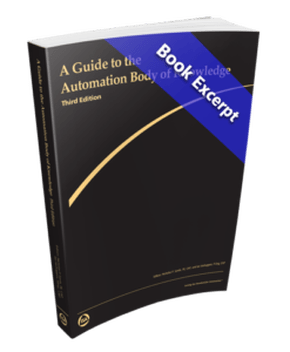AutoQuiz is edited by Joel Don, ISA's social media community manager.
This automation industry quiz question comes from the ISA Certified Automation Professional (CAP) certification program. ISA CAP certification provides a non-biased, third-party, objective assessment and confirmation of an automation professional's skills. The CAP exam is focused on direction, definition, design, development/application, deployment, documentation, and support of systems, software, and equipment used in control systems, manufacturing information systems, systems integration, and operational consulting. Click this link for more information about the CAP program.
“Slip” in an AC induction motor is defined as:
a) synchronous speed minus no load speed
b) difference between speed of stator field and rotor speed
c) rated speed plus synchronous speed
d) speed at which motor develops torque
e) none of the above
Slip is usually expressed as a percentage, and varies by motor, from nominally 0.5 percent for very large motors to about 5 percent for small, specialized motors. If ns is the stator electrical speed and nr is the rotor's mechanical speed, the slip, S, is defined by:
S = (ns - nr) / ns
Motor rotation is developed in an AC induction motor through the effects of a moving magnetic field. As the speed of the rotor drops below the stator speed, or synchronous speed, the rotation rate of the magnetic field in the rotor increases, inducing more current in the rotor's windings and creating more torque.
Slip is required to produce torque. Under load, the rotor speed drops, and the slip increases enough to create sufficient additional torque to turn the load. A very efficient way to control slip is to use a variable frequency drive
The correct answer is B, "difference between speed of stator field and rotor speed.”
Reference: Nicholas Sands, P.E., CAP and Ian Verhappen, P.Eng., CAP., A Guide to the Automation Body of Knowledge. To read a brief Q&A with the authors, plus download a free 116-page excerpt from the book, click this link.
About the Editor
Joel Don is the community manager for ISA and is an independent content marketing, social media and public relations consultant. Prior to his work in marketing and PR, Joel served as an editor for regional newspapers and national magazines throughout the U.S. He earned a master's degree from the Medill School at Northwestern University with a focus on science, engineering and biomedical marketing communications, and a bachelor of science degree from UC San Diego.





